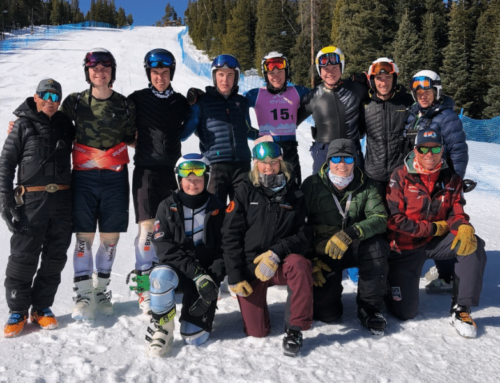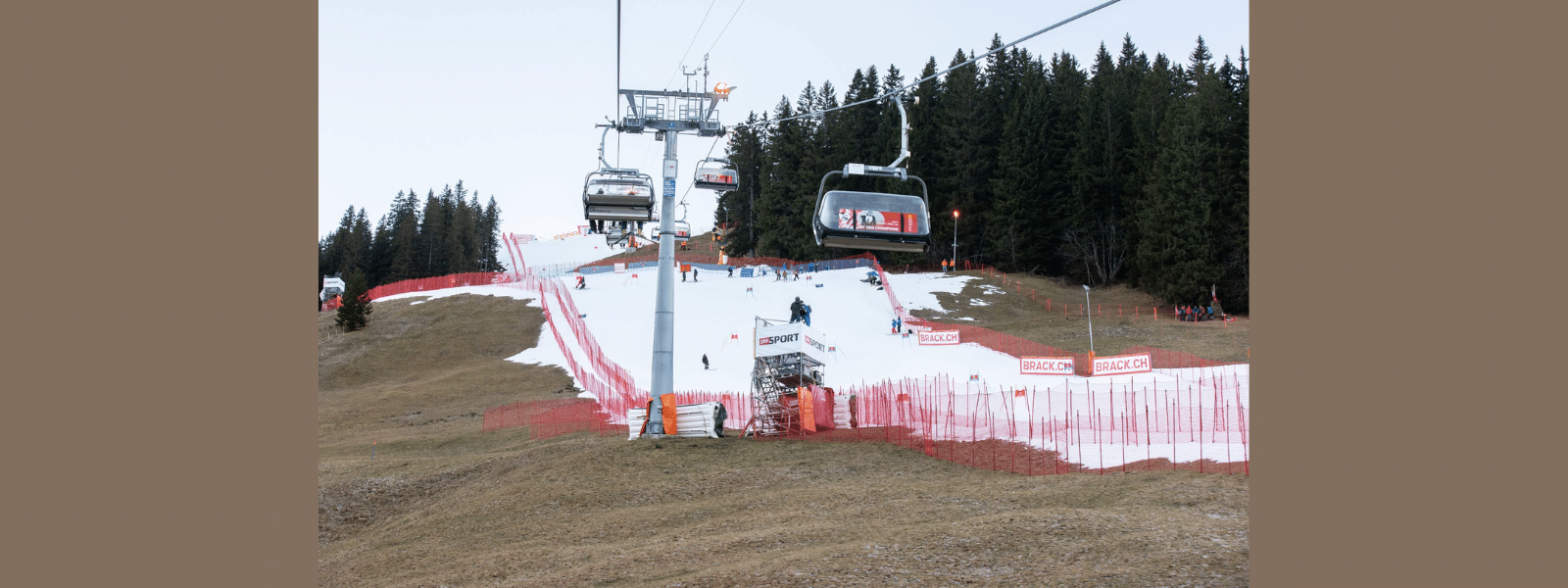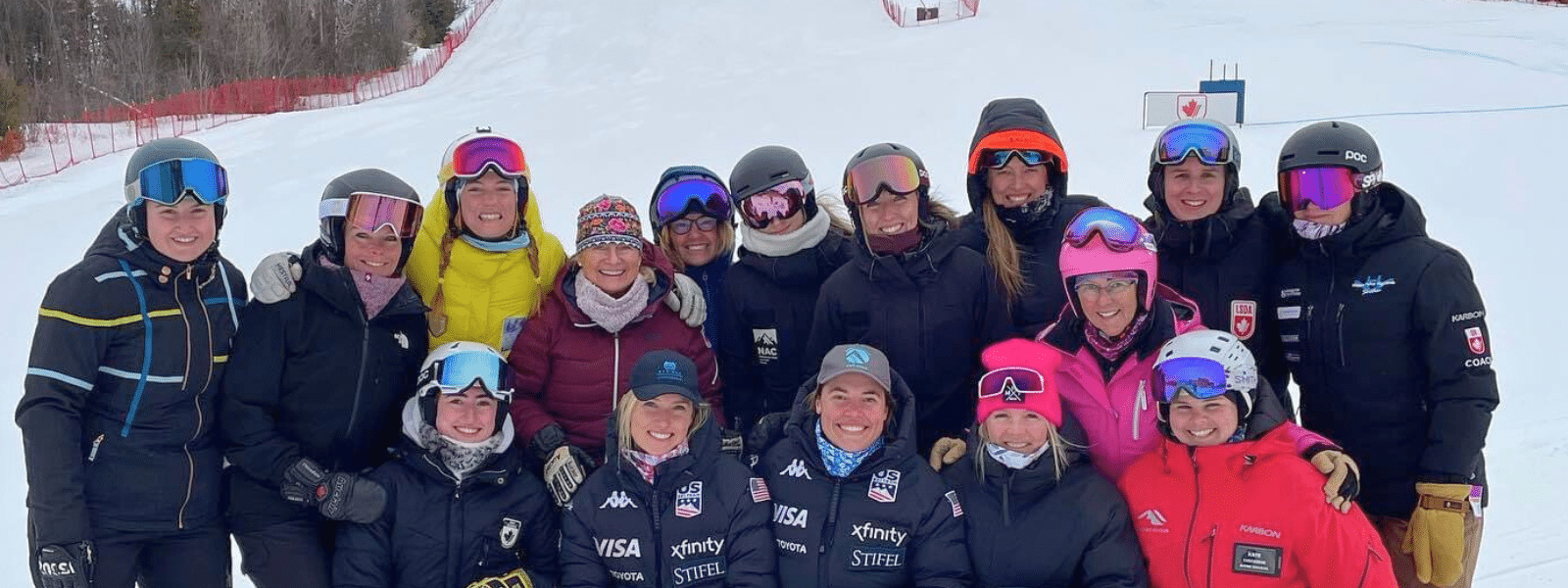Utah Olympic Park Expansion Aims to Give Back
Since the 2002 Winter Olympic games were hosted in Park City, Utah, the Utah Olympic Park (UOP) has remained a high level training ground for elite athletes in the United States and visiting athletes from around the globe. A profit of $65 million made post-games created an endowment that has allowed the Utah Olympic Legacy Foundation to continue operating the Park, the Soldier Hollow Nordic Center, as well as the speed skating facility known as the Oval. This trio of facilities have proven to be a great resource for off-season and in-season training for Team USA. But what about the surrounding community of local and regional talent?
In 2006, UOLF’s current CEO, Colin Hilton, joined the team and started what would become the push to make the UOP a community hub, a place where youth could come and receive top of the line training right in their backyard. Ever since, a multitude of clubs and programs have stemmed from the project from bobsled to curling, biathalon and hockey leagues. Then six years ago, a space behind the freestyle pool and the bobsled track was identified, a space big enough and steep enough to put in a couple of rope tows and create a small training space for young alpine skiers to lap short, slalom runs under the lights. The success of said space highlighted a need, and a want, for more.

“The need was completely outstripping supply, especially with the mountains getting busier with the public, and more and more programs looking to get on the same patches of snow for training spaces,” says UOLF Chief Operating Officer, Calum Clark. “You have Park City Ski Team, Park City Ski & Snowboard, Rowmark Ski Academy, the University of Utah, and a you’ve got visiting teams, academy programs, all kinds of groups that are trying to get access to the snow. And it became evident to the Legacy Foundation that we could be a possible solution to help reduce that pressure or provide another training area for these kids. So that was the nexus of this program.”
That program being, the expansion of the UOP, a move that will add a significant amount of training space for not just alpine, but moguls, freestyle, and snowboard teams as well. Growth will occur over the course of two phases.

In the first phase the plan is to implement five alpine slalom lanes, one mogul lane and expanded freestyle terrain across 11 acres of lighted terrain at a 400 foot vertical drop, overall doubling the vertical drop and tripling the skiable terrain that was made available previously via rope tows. Training lanes will be accessed by a quad lift that allows for quick turnaround and high frequency training. In addition, snowmaking is of the utmost importance, as the goal is to provide a NorAm level surface so athlete’s can better prepare for the kind of hard, icy snow they don’t always see in Park City. Phase one is slotted to open in December.

Phase two involves an expansion of the West Peak, a fixed grip chairlift, 30 acres of snowmaking and lighted terrain, up to 10 new training lanes at a 1,200 ft drop to allow for FIS homologated giant slalom and slalom runs and a FIS level mogul venue. This area also has the potential to house a super-G venue. If all goes off without a hitch, phase two is slotted to open in the fall of 2021. The goal is to raise $11 million to complete both phase one and phase two, and to reach said goal, the UOLF could not tackle this beast on their own.
“The philosophy is this; we own the land, we would provide the land to make this work if we could partner up with clubs to become resident clubs and they could help us raise money to help us put in the infrastructure,” says Clark. “And if the money could be raised, we would commit to going through the permit process, buying infrastructure, installing the infrastructure and running these venues and taking on the risk of the operating costs. Then resident clubs that would partner with us to build these venues or raise money so that we could build it would get half rights for a reasonable time so that they could train on these venues at a reasonable cost.”
So about a year ago, the University of Utah, Rowmark Ski Academy, and Park City Ski & Snowboard joined the movement as the three key resident clubs that are helping push the UOP expansion project into fruition. So far, the founding members have raised over half of their funding goal. But they still have a ways to go.
“This is a big lift. Our families are coming together, community members are starting to pay it forward, but we’re not there yet,” says Christie Hind, the Executive Director of Park City Ski & Snowboard. “There’s a misperception that all the funds are raised and this is totally a done deal.”
For obvious reasons, resident clubs are making large pushes for this project to reach its funding goal. The training opportunities it would provide the local youth are insurmountable.
“This is going to take us to the next level,” says Todd Brickson, Program Director at Rowmark Ski Academy. “Eventually when phase two gets completed, that will add a giant slalom and super-G venue and then we’ll truly be a place where our team and other teams can come from all over the country and the world to want to train there and potentially race there. When we’re running an event we’ll still be able to have training going on simultaneously on the other face, so we’re really looking forward to that.”


While the goal is to give back to the community by marrying development and elite athletics (therefore creating opportunities for kids to learn at state of the art facilities), resident clubs are not the only programs that would benefit. If clubs wish to host high-quality, competitive events in the future, and showcase the value of Park City and the UOP to their guests, another key element comes into play, housing.
In response to feedback from coaches and athletes alike, stating that Park City is too expensive of a town to justify live in (despite the bounty high quality training environments), the UOLF took out a nonprofit bond to build affordable housing residences. The building, located at the base of the UOP, is two-thirds long term housing, and one-third nightly stay hotel style. Long-term housing aims to provide a home for coaches and athletes who want to reside in Park City, as well as offer affordable housing for employees who run the venue, although the tiering system of priority caters to coaches and athletes. The hotel style rooms, offered as a standard, two full-sized bed room or a two bedroom suite, is oriented towards visiting teams, elite training groups, clubs and programs that are coming into town for races or other events.
For example, when a high-level aerial development program recently shut down on the East coast, Hind was able to bring those athlete’s to Park City because of the affordable housing option. Athlete’s who were otherwise unable to train could now be given a second chance at the UOP. She also is actively using the facility to house coaches for her own club.
“It’s not the highest paid profession in the world. Clubs can’t pay the freight and it’s been very very difficult historically to live in Park City because it’s an expensive community, and it’s been a wonderful recruitment tool,” says Hind. “I have been able to attract high-level talent to Park City and to our club because of the affordable housing option.”
All-in-all, the UOP expansion project aims to better the community, by raising the value of the already elite Olympic facilities, the value of the town, and most importantly the value of sport, in particular, alpine ski racing.
“Being able to have an athlete-focused training center in our backyard will be a total game-changer for elite athletes, but also for athletes who are looking to get involved in the sport for the first time,” says Hind. “It gives us terrain and dedicated space for young developing athlete’s to continue to develop and grow over time. This is a local facility, so it means kids don’t have to travel to chase snow, it’s more affordable for kids to participate at all levels, and it’s something that we can leverage for fundraising and other community events that Park City Mountain doesn’t have the space or wherewith all to deal with.”
Other clubs and mountains such as Aspen, Steamboat, and Vail have put effort into raising money and creating athlete focused infrastructure for training and racing. Now Park City can join the ranks, while supporting three local clubs, and many more to come in the future.





















